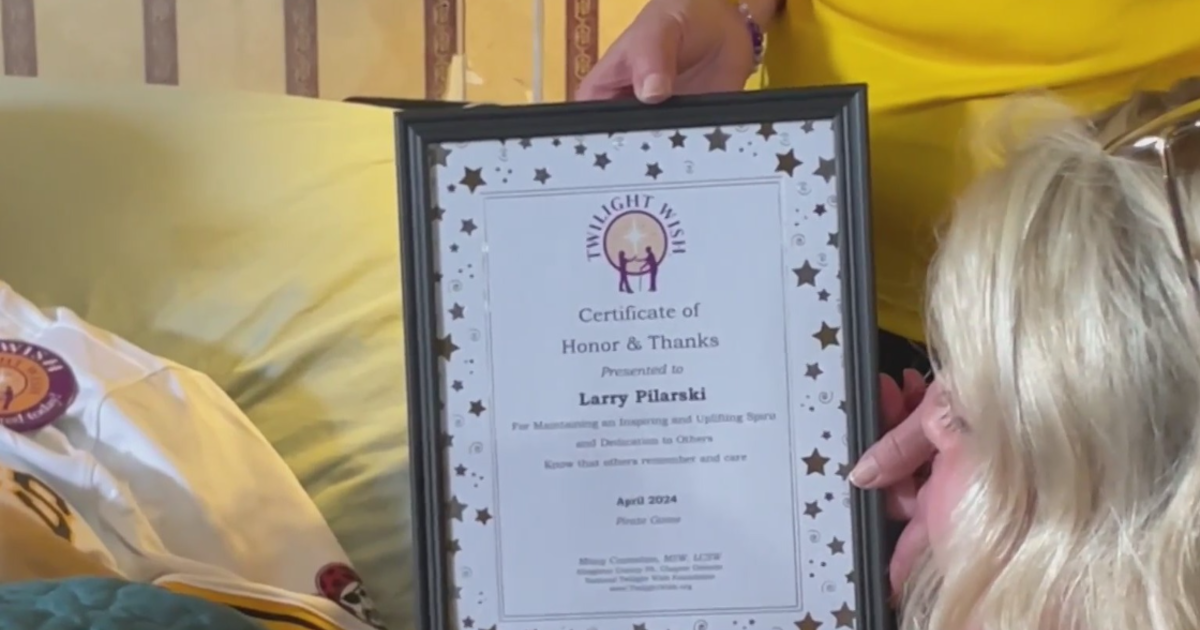Experts Offer Lawn Care Tips For Summer Season
PITTSBURGH (KDKA) -- Grass care is not just a chore, it's a philosophy.
Some say the shorter the better, others like that neat and manicured look and some people are just trying to keep up with their neighbors. Then, there are others who say lawn maintenance is a good workout.
In every neighborhood there is always one person who takes pride in their lawn.
"I use probably a trimmer and two edgers," said Charlie Manganiello.
The effort to maintain his lawn clearly shows and heaven help the weed that shows its head.
"I get down and cut it or spray it or get it out," he says.
While Manganiello's yard may be a lawn care monthly covrer, Jerry Patterson is just trying to keep his under control.
"I don't spend much time on things I can't eat," says Patterson.
That may be a little closer to how most folks feel, keeping a nice lawn without going overboard.
Some say proper lawn care starts with the wheels of your lawnmower and checking to make sure they are at a proper control mowing height.
The guys at Growing Seasons, graduates of Penn State's famous grass school, are lawn care experts. They offered advice on the subject.
"[The] ideal height is anywhere between two-and-a-half to three-and-a-half inches," said John Lyman.
As for technique, Justin O'Connor says "you don't want to get in the habit of mowing the same directions every week because you will get those matted down areas."
Also, on the debate over bagging versus mulching, Lyman and O'Connor say that mulching is better because it puts more nitrogen back in the ground.
To keep dandelions and weeds from popping up, the pair say weed and feed, and use a crabgrass preventative. Just follow the numbers on the bags as you go through the summer.
The experts also say that if you spread anything to control dandelions, do it in the morning because that pellets will stick to the dandelion leaf, giving better control.
As for those brown spots, first rough them up with a rake. Then, hand seed the area; and when it comes to spot seeding, it's all about consistency.
Then comes a half-inch coating of peat moss or manure, water daily - preferably in the morning - and be patient.
The experts say Perennial Rye will come up about two weeks after seeding where Kentucky Bluegrass will take about three or four weeks before it germinates and comes up.
RELATED LINKS:
More Featured Stories



